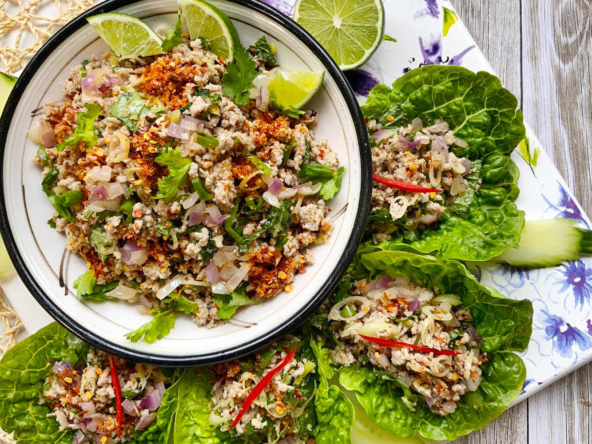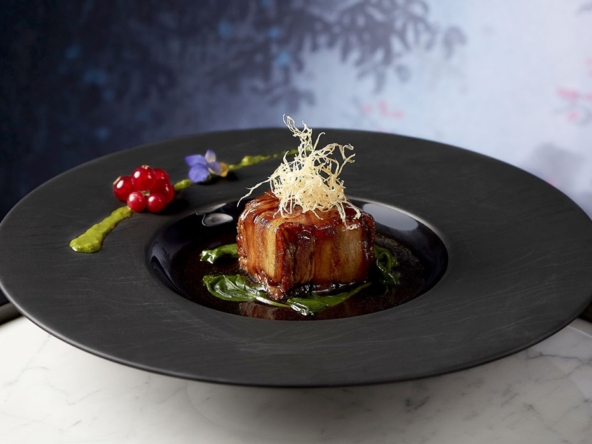Thai cuisine has long captivated the global palate with its bold, complex flavors and vibrant presentation. From Bangkok’s bustling street food stalls to Michelin-starred restaurants in London, New York, and Tokyo, the allure of Thai food continues to rise. According to data from Thailand’s Department of Foreign Trade, there were 17,478 Thai restaurants worldwide in 2023, underscoring its global domination. Further enhancing its reputation, 1,664 of these establishments had earned the prestigious Thai SELECT certification by 2024, a mark of authenticity awarded by the Department of International Trade Promotion to restaurants that use traditional Thai cooking techniques and ingredients.
Given this international acclaim, it’s no surprise that the Thai government officially listed “Must-Taste” as one of the five key experiences for visitors in the country. For many travelers, diving into the diverse world of Thai cuisine is more than just a culinary activity—it’s a cultural journey. Part of what makes Thai food truly exceptional is the meticulous use of fresh, flavorful ingredients such as coconut milk, ginger, holy basil, and lemongrass. These are not just seasonings; they are building blocks that define the identity of each dish and help shape Thailand’s rich culinary heritage.
The Five Flavor Pillars of Thai Cuisine
Thai food is characterized by a remarkable balance of five key flavor profiles: salty, sour, sweet, spicy, and creamy. Each plays a distinct role in the symphony of taste, and their interactions bring Thai cuisine to life.
1. Salty
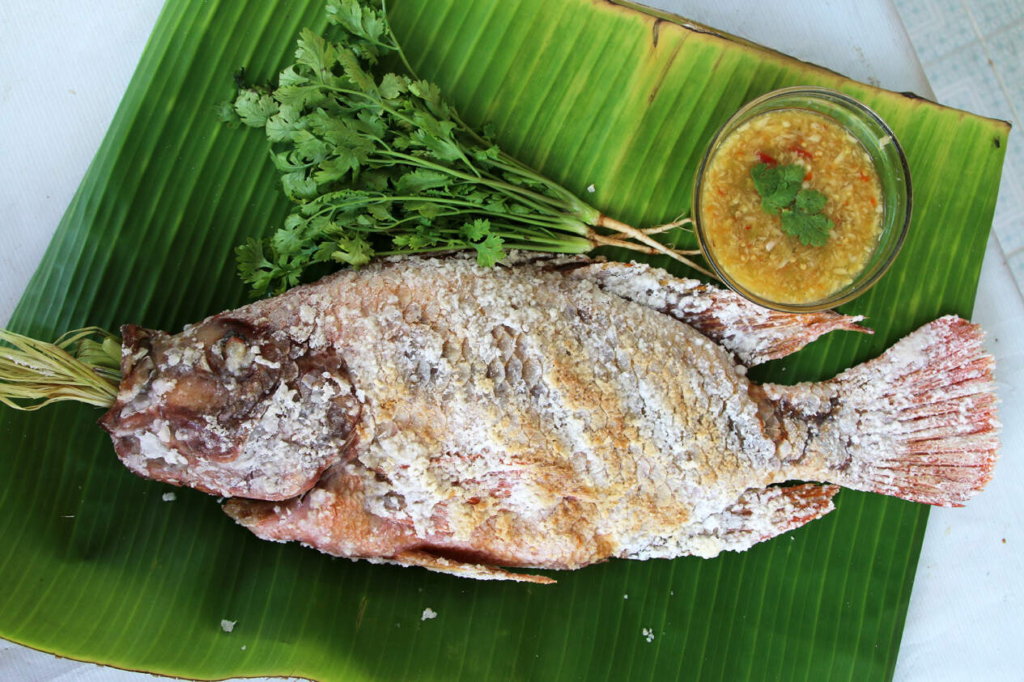
The salty element in Thai food doesn’t merely add seasoning—it deepens the umami and complements fresh produce and proteins. Fish sauce, often fermented for over a year, is a staple that imparts a rich saltiness. Dried seafood is also commonly used to introduce a briny undertone. This flavor is especially essential in enhancing vegetable and meat dishes. You can taste this savory twist in Thai classics like crab omelette and Kaeng Liang, a hearty vegetable soup.
2. Sour
A well-balanced sourness adds a refreshing tang that brightens a dish and stimulates the appetite. Thai cuisine achieves this profile through ingredients like kaffir lime, tamarind, and lemongrass. These components are not overpowering but create a light, clean finish. Sour notes shine in dishes such as the iconic Tom Yum soup and zesty Thai salads, where the tang cuts through rich or spicy elements, refreshing the palate with each bite.
3. Sweet
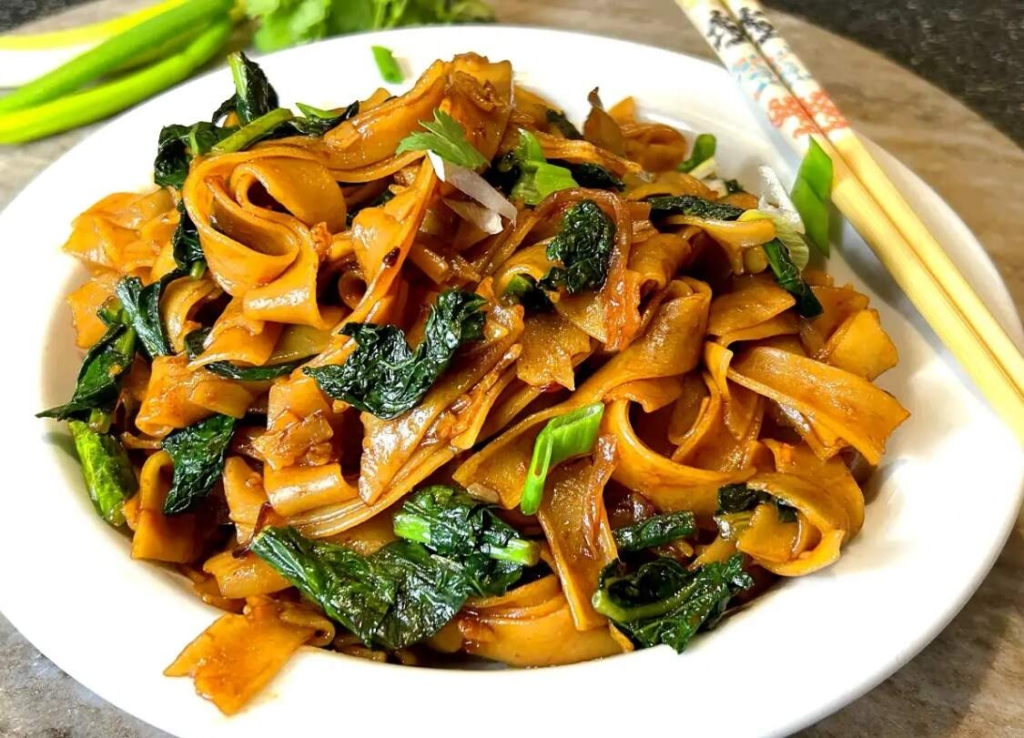
Thai food also knows when to ease up with sweetness. Unlike Western sweeteners, the sweetness in Thai cooking often comes from palm sugar or dark soy sauce, which provide depth rather than a sugary hit. This flavor rounds out sharper elements like salt and spice, making the dish more palatable. Try the comforting Pad See Ew (stir-fried noodles with soy sauce and vegetables) or chicken wrapped in pandan leaves, where sweetness provides a mellow, balanced finish.
4. Spicy
No discussion of Thai food is complete without heat. Spiciness is usually introduced via chili peppers and ginger, but it’s rarely about shock value. Instead, spice in Thai dishes is calibrated to highlight other flavors—whether it’s the richness of a sauce or the freshness of herbs. Dishes like Pad Krapow (stir-fried meat with holy basil) and chili crab use spice to wake up the palate and enhance the dish’s overall profile.
5. Creamy
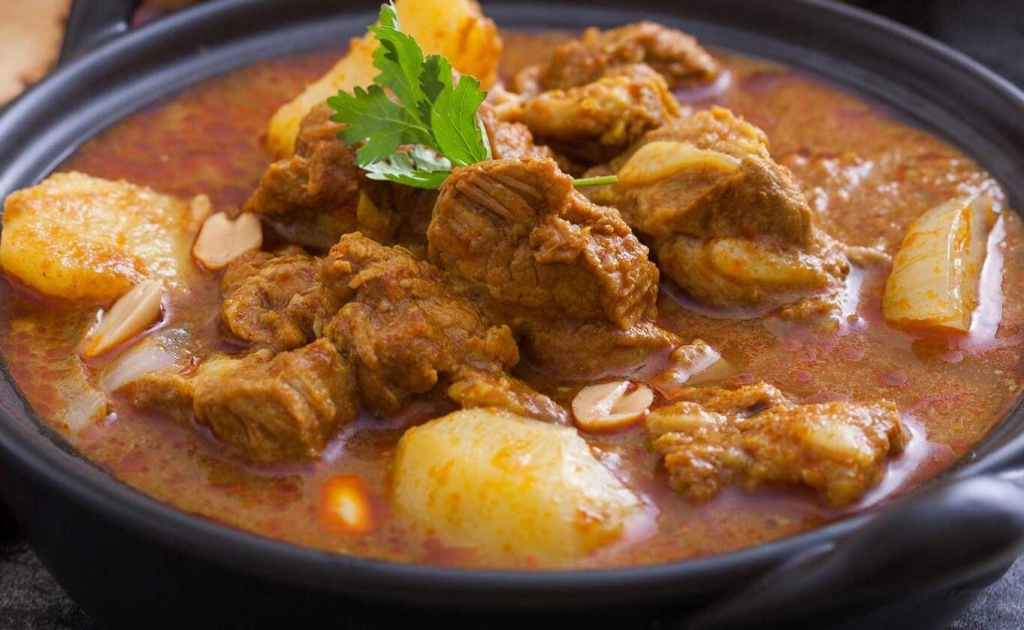
Last but not least is the creamy component, most often derived from coconut milk. Creaminess in Thai food serves multiple purposes: it soothes the heat of chili, softens salty or sour notes, and accentuates natural sweetness. Thai Massaman curry, with its velvety texture and rich spices, is a prime example of how creaminess can unify a dish. For dessert, mango sticky rice offers a luxuriously creamy finish that lingers delightfully.
A Balancing Act of Flavors
What truly elevates Thai cuisine is not the individual flavors, but how they harmonize. Most dishes skillfully combine at least two or more of the five core tastes. Take green curry or red curry, for example—both are creamy from coconut milk, salty from fish sauce, and spicy from chilies. The result is a layered, well-rounded dish where no one flavor dominates.
It is this balance that defines the Thai culinary experience. The interplay between flavor profiles ensures that every bite delivers something unexpected yet comforting. This complexity is not accidental; it is the product of generations of culinary wisdom and attention to detail.
Thai Cuisine in the Comfort of Luxury Villas

For those staying in Thailand luxury villas, exploring these flavor profiles becomes a highly personalized affair. Many upscale villas offer the services of private chefs who are trained in traditional Thai cooking. These chefs can craft tailored meals that showcase each of the five taste pillars, catering to guests’ preferences and spice tolerances. Imagine enjoying a candlelit dinner featuring spicy Tom Yum, sweet-and-savory Pad See Ew, and a creamy mango sticky rice—all within the comfort of a stunning ocean-view villa.
Private chefs are more than just cooks; they are culinary guides who can introduce guests to lesser-known regional dishes or adapt classic recipes to suit modern palates. Whether one prefers fiery spice or milder, coconut-rich flavors, having a dedicated chef allows for a deeper, more intimate exploration of Thai cuisine.
Related article: A Comprehensive Guide About What to Look for in a Luxury Villa in Thailand
A Culinary Adventure Awaits
In a country where food is deeply interwoven with culture, discovering the flavor profiles of Thai cuisine is an experience worth savoring. Whether dining at a bustling market, a fine restaurant, or any of the private villas, guests in Thailand are encouraged to seek expert recommendations or indulge in a meal prepared by a local chef. This approach not only guarantees authenticity but also ensures a journey through the full spectrum of flavors—salty, sour, sweet, spicy, and creamy—that make Thai food so uniquely unforgettable.


